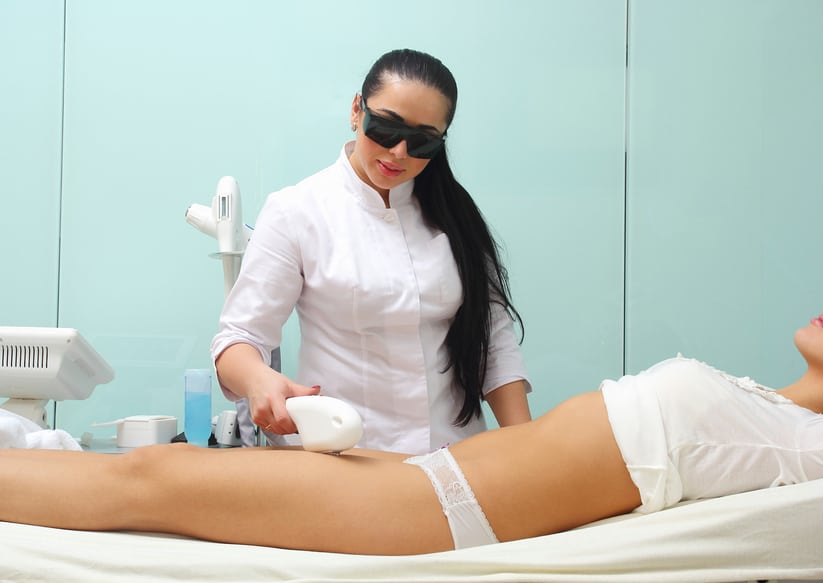
Laser technician careers are red hot right now! If you’re looking to land a specialized job in your community, the right training can help you secure employment in any modern aesthetic laser environment. You can become one of the skilled professionals helping members of your community remove unwanted hair for good, becoming truly comfortable in their own skin.The right laser technician training program will show you the ins and outs of state-of-the-art laser equipment. With this intimate knowledge will come awareness of some of the equipment’s more exciting functional parts – like sapphires, garnets, and, most often, rubies!Read on to discover where and why you can find these treasures buried in the aesthetic laser industry.
Ruby Lasers: Making History for Nearly 60 Years
The world’s first-ever working laser was a ruby laser. It was made by Theodore H. Maiman at a California-based laboratory in 1960. After years of intensive research and trials, he discovered that rubies were the missing ingredient for lasers to conduct and focus beams of light.Ruby lasers produce pulses of hot visible light at a wavelength that appears to the human eye as a deep red colour. This colour is both easy to see and easy to control through laser conduction technology. If you’ve ever wondered why laser light is typically red, Maiman and his ruby discovery are the reason!

Ruby red is the colour of laser light at its optimal wavelength frequency for hair removal
In the decades since Maiman’s time, lasers have moved on from including genuine rubies to using synthetic rubies that can conduct everything from intense pulsed light to infrared energy—very hot, ultra-red wavelengths reaching above 800 nanometers (nm) of electromagnetic radiation intensity. You’ll get to use and see them all (through goggles of course!) at a hands-on
laser hair removal school like International Beauty Institute (IBI).
The Science Behind Ruby Light Used in Laser Hair Removal School
Ruby lasers use synthetic or genuine ruby crystals as the active mediums through which laser light is conducted. It’s also possible to use ion-enhanced garnets, sapphires, and alexandrites to conduct similar frequencies of light through modern laser equipment, but rubies’ red light beams are usually preferred.When ruby laser light hits the skin, it’s absorbed and converted to thermal energy which destroys certain cell targets (chromophores). Ruby lasers usually target and destroy melanin chromophores, which make up dark hair follicles.The effectiveness of red light lasers is ultimately in the hands of each individual laser technician. In recent years, scientific evidence has proven that low level red light therapy can also help clients to regrow hair! When shone at levels below 635 nanometers (nm), red light can stimulate hair growth. Above (and up to about 950nm) it can safely eliminate hair growth. To avoid hairy situations, ensure you receive training at a certified institute like IBI and avoid giving clients the opposite of what they pay for.
How Laser Technicians Use Rubies after Laser Hair Removal Courses
Students in
laser hair removal courses at IBI receive hands-on experience with some of the best laser hair removal equipment on the market today. If you pursue this path, you’ll get to work with equipment like the Asclepion MeDioStar NeXt Diode Laser system, which offers pain-free laser hair removal through intense pulsed red light. This system also features a genuine sapphire-coated laser spot, which helps to even out the red light and produce smooth, consistent light profiles without any ‘hotspots’ that can come from uneven light pulsation.IBI laser technician students also get to work with Energist UltraPlus VPL Intensed Pulsed Light machines. This state-of-the-art technology uses photodynamic mechanisms that mimic the red light of genuine ruby laser hair removal machines to produce radiations at 630 – 950 nm (visible red to near infrared light wavelengths).

A laser hair removal technician performs a treatment on a client’s legs
Visit International Beauty Institute and learn how you can become a laser technician!




